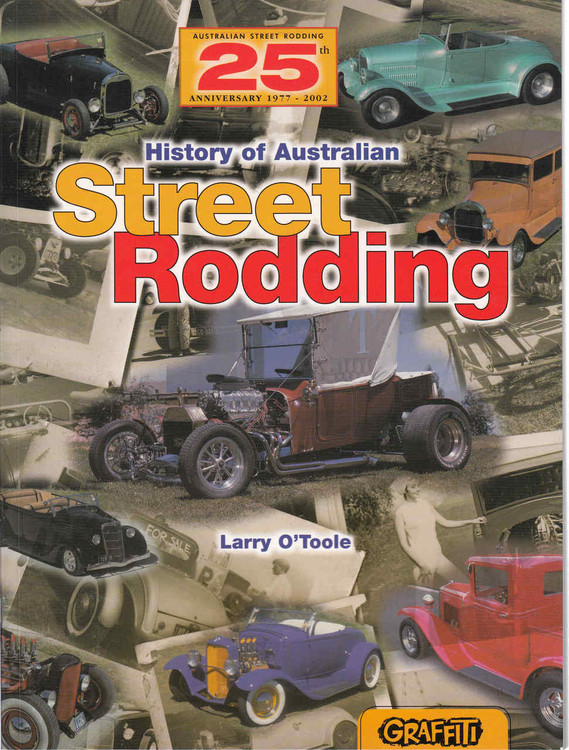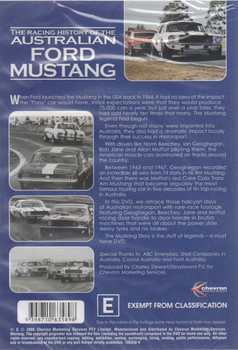Description
Author: Larry O'Toole, Softbound, ISBN: 0949398667, 255 Pages, Published, 2002
- 25th Anniversary 1977 - 2002, Foreword by Leroi Tex Smith
The history of Australian street rodding is almosta parallel of what has taken place in my area of the United States. From the very first automobile in Australia, there has been a relentless pursuit of vehicle improvement, the very essence of hot rodding. And hot rodding is the true essence of street rodding.
Early on during my tenure of Hot Rod Magazine during the 1950s, I received a steady supply of letters and photographs about hot rodding Down Under. And, while there was a tiny trickle of information dribbling in from other parts of the globe, what we were hearing from the Aussies was simple: You guys in California are not alone in your interest in road worthy hot rods. It was also obvious that Australia was producing modified rods and customs on a par with the best from America. In some respects of engineering, what was being done by backyard builders here was superior to what we were creating stateside. It simply was not on the same scale of magnitude, due entirely to respective populations.
While hot rodding/street rodding in America traces it ancestry to the first automobiles, the hobby/sport really got its christening on the circle tracks. Because of this, it can rightfully be claimed that this fascinating culture first surfaced in the Midwestern states. But it can also be shown than the climate and car awareness of southern California was the playpen where hot rodding matured. This was a time when a typical hot rod would be a Model T or Model A Ford, commonly used for daily transportation, but stripped of headlights and windshield for circle track or dry lakes weekend racing.
Thus, those early hot rods were really street rods. Incidentally, we didn't call them hot rods until after World War II. Prior, they were strip downs, or soup'ups, or gow jobs. Or, since we almost universally used topless cars, we simply referred to them as roadsters.
From those letters and photos of the Fifties, we knew that Australians were doing nearly the same thing. What we didn't realize was that Australia had far more roadsters to work from. Certainly so from a per-capita standpoint. During the 1960s, we saw Aussies building rather garish "show cars" almost in mirror image to what we were doing in the states, with an emphasis on Fad T's. And, we saw the Aussies get into the current phase of "reality rides" well in advance of Americans.
Interestingly, street rodding/hot rodding really can be classed into four generations. The first being all those early years up until about 1940, then we had a change due almost entirely to the ascendancy of the Ford Flathead V8. This held through until the Chevrolet V8 of 1955, and the fourth era began in about 1980 with the introduction of the street rod aftermarket industry. Hot rodding had split into street rodding and drag racing as early as 1960, I had begun using the term street rod in Hot Rod Magazine to differentiate road rodsThere have been many contributors to Street Rodding Magazine over the past 25 years and have attempted to include the names of everyone who has been involved. If I have nadvertently missed anyone, please accept my apologies. Individuals who have contributed to xr Early History chapter are also acknowledged with their photos.
Finally I would like to thank my good friend Tex Smith for writing the foreword to this book. When I first became interested in hot rodding back in the 1960s I would avidly read everything could get my hands on relating to the hobby. One writer from that period stood out above the rest because he could relate directly to the reader as a hot rodder himself. That writer was Tex Smith and his words played a large part in forming my attitude to the hobby generally. I first met Tex in person at the NSRA Street Rod Nationals in 1986 and over the ensuing years we have become great friends. I know there are many Australian hot rodders who recognise the inffluence Tex has had on their own life as a hot rodder and I am honoured to have him play a role in this book.











